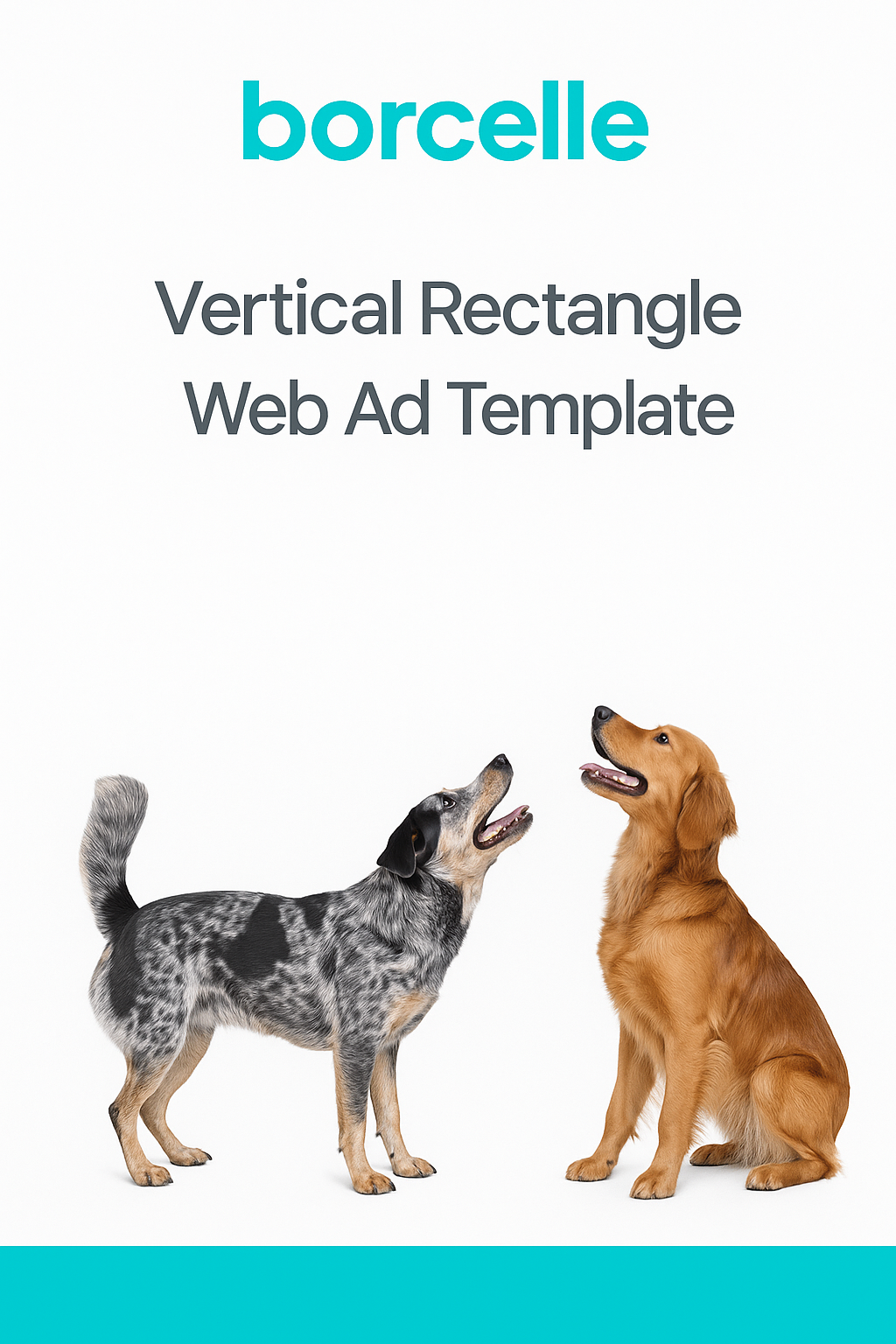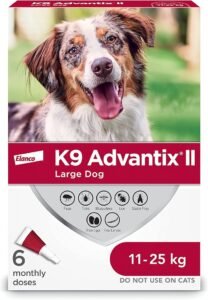Creating a safe and healthy environment for your pets is crucial for their well-being. Pets are more than just animals; they are part of our families. Ensuring their environment is both safe and healthy can enhance their quality of life and longevity.
Take Pre-emptive Measures
One way to protect your pets is through comprehensive pet insurance. Pet insurance can help cover unexpected medical costs, ensuring your pets get the best care possible without financial stress.
For more details on reliable pet insurance options, consider exploring The Hartford’s pet insurance plans. It’s best to be prepared for all situations when it comes to your pet’s health.
Maintaining a Clean Living Space
A clean living space is vital for your pet’s health. Regularly cleaning your home reduces the risk of infections and allergies. Vacuum carpets and furniture to remove hair and dander, and mop floors to eliminate dirt and bacteria.
Ensure your pet’s bedding is washed frequently. Dirty bedding can harbor pests and bacteria, which can affect your pet’s health. Also, keep food and water bowls clean to prevent the growth of harmful bacteria. Simple practices like these can go a long way in maintaining a healthy environment for your pets.
Providing Proper Nutrition
Proper nutrition is the foundation of good health for pets. Feed your pets high-quality food that meets their nutritional needs. Consult your vet to determine the best diet for your pet based on their age, breed, and health condition.
Avoid giving pets human food, as some can be toxic. Foods like chocolate, onions, and grapes can cause serious health problems in pets. Stick to pet-specific food and treats to ensure they receive the right nutrients without any risks.
Ensuring Regular Exercise
Exercise is essential for keeping your pets healthy and happy. Regular physical activity helps maintain a healthy weight, reduces the risk of chronic diseases, and keeps their muscles and joints strong.
Dogs need daily walks and playtime to expend energy and stay fit. Cats also benefit from play sessions, which stimulate their minds and bodies. Providing toys and engaging in interactive play can help meet their exercise needs.
Regular Veterinary Check-ups
Regular vet check-ups are critical for early detection of health issues. Annual or bi-annual visits allow the vet to monitor your pet’s health, administer vaccinations, and provide preventive care.
Early detection of diseases can lead to better treatment outcomes. Regular check-ups also offer an opportunity to discuss any concerns about your pet’s health or behavior with a professional, ensuring they receive the best possible care.
Creating a Safe Outdoor Environment
Creating a safe outdoor environment for your pets is just as important as maintaining their indoor space. Ensure your yard is secure with a sturdy fence to prevent escapes and protect your pets from potential dangers like traffic or stray animals. Check the fence regularly for any gaps or weaknesses.
Additionally, be mindful of any plants or flowers in your garden. Some common plants, such as lilies, azaleas, and sago palms, are toxic to pets. Research which plants are safe and remove any harmful ones.
Proper Identification and Microchipping
Proper identification is essential in case your pet gets lost. Always ensure your pet wears a collar with an ID tag that includes your contact information. However, collars can sometimes fall off or become damaged, so microchipping offers a more reliable solution.
Microchipping involves a small chip being inserted under your pet’s skin, which contains a unique identification number. This number is registered with a database that links to your contact information. If your pet is found, a vet or animal shelter can scan the chip to reunite you with your pet. It’s a simple and effective way to ensure your pet’s safety.











